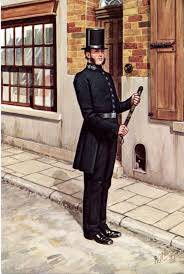
How do playwrights effectively write their story for the theatre? There are many steps to that process, and the most important is understanding the medium. This is because the play is the production version of the text as interpreted by the director, choreographer, actors, set, sound, lighting and costume designers, dancers, musicians, technicians, and any other collaborators who participate in realizing the blueprint created by the playwright.
Presentation Exceeds the Written Content
The theatrical presentation of the play is much more than the actual content of the play. The written text contains the characters’ dialogue and some directions about the characters’ actions. The collaboration of the theatre professionals with the playwright presents the text in its theatrical form for viewing by an audience.
The playwright’s vision controls the play, but the production is a collectively created product. The content of the play provides the foundation on which the theatre professionals base the live experience. The director usually leads the coordination of this creative effort.
While the written content does not change, the performance can change as it is of the moment. This can lead to innovative interpretations such as the audience participation (immersion) in a 2013 adaptation of Kafka’s The Trial at the Shoreditch Town Hall in England. In fact, live theatre adopting aspects of the video game industry’s immersion technique is an innovation we will likely see more of in the future.
Before Becoming a Playwright, Immersion in the Medium is Important
If you are thinking of writing a play, get to know the limitations of the theatre. Experience the process of creating theatrical productions. Watch rehearsals; participate in a production; take a course, if you can. Familiarize yourself with the many limitations of live performance in this medium, including time and space.
Most Plays Are Used by Ensemble Groups
Your play will have more chance to be performed if it has no more than six characters. This is because ensemble groups that have small budgets and few actors perform most plays today. The setting should be easy for limited budgets.
Lighting and Movements Can Create/ Suggest Moods
Lighting is one of the tools used to highlight mood in the performance of a play. Blocking and movement can also be used to depict moods.
The more you know about the dynamics and elements of the theatre, the better prepared you will be to write for this medium. Becoming familiar with the theatre setting will help you deftly write content that fluidly comes to life in the theatrical production.



